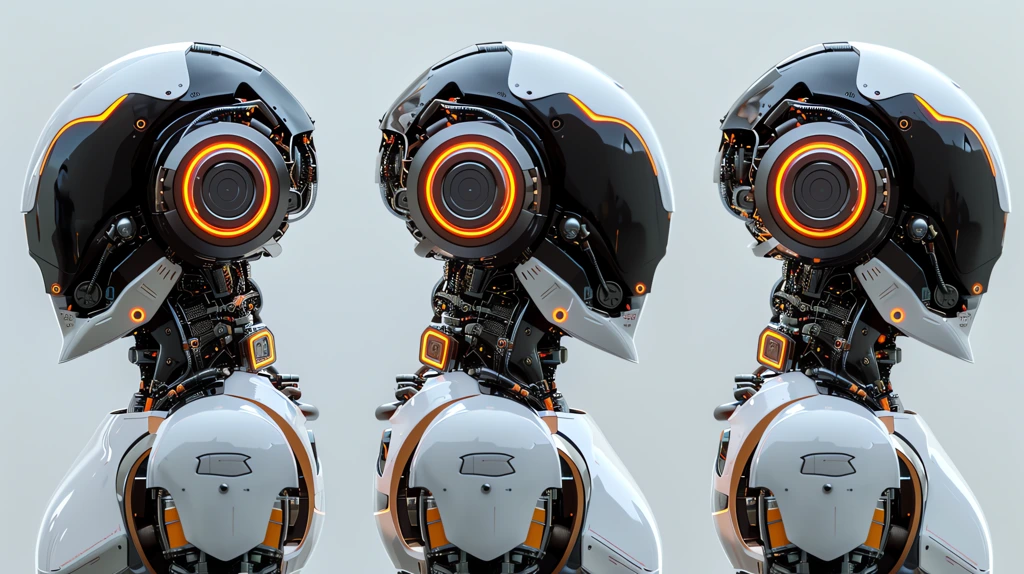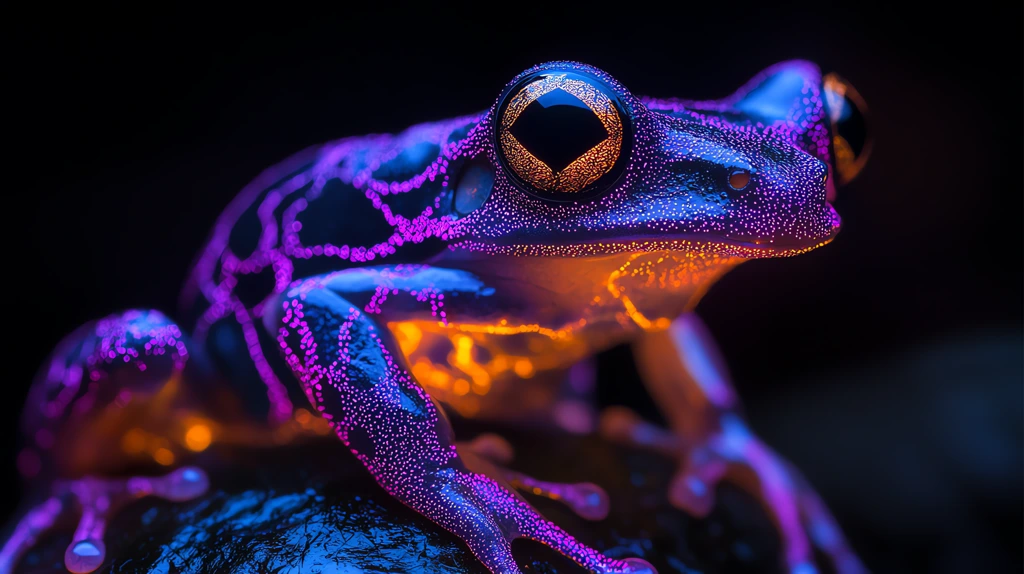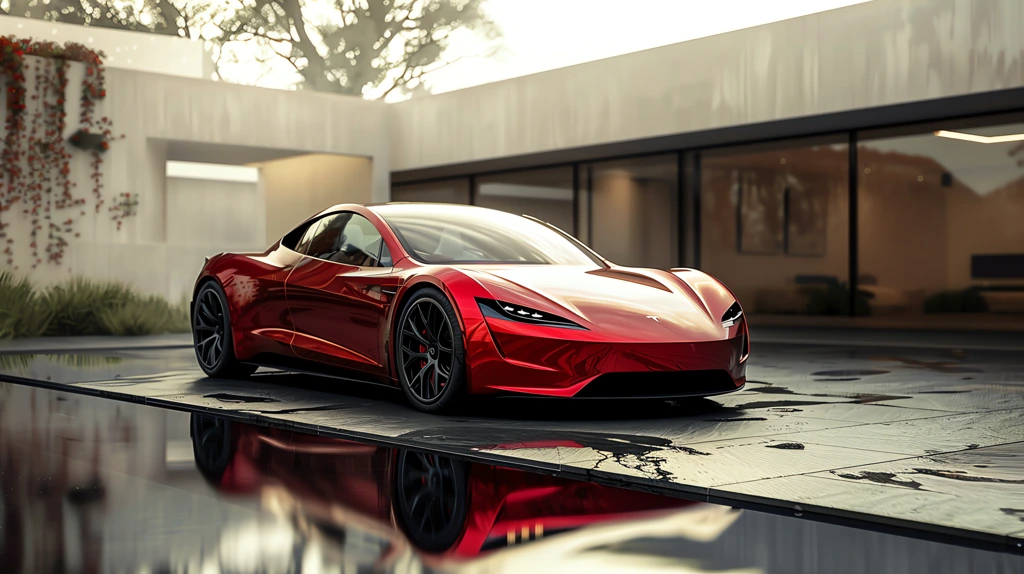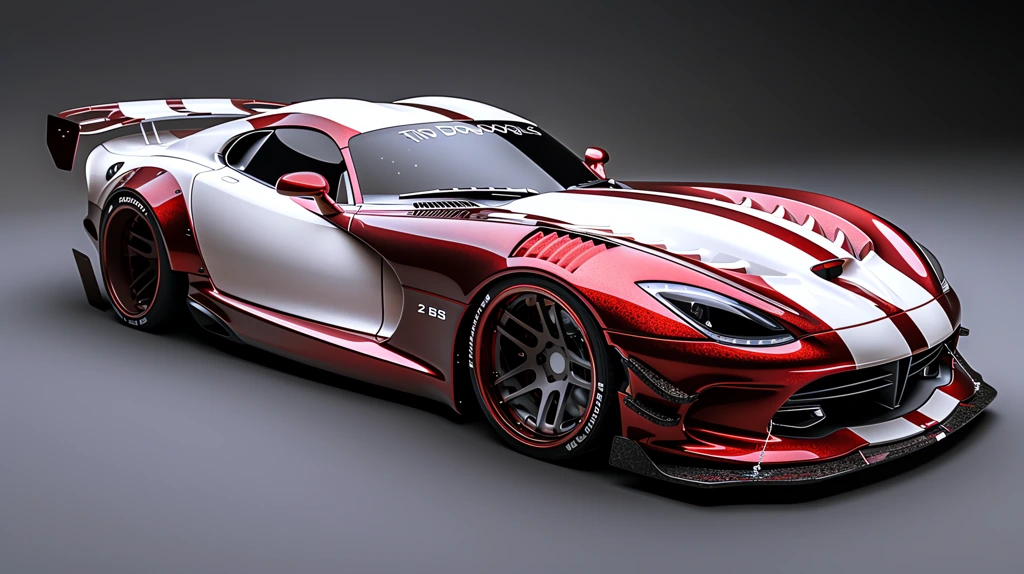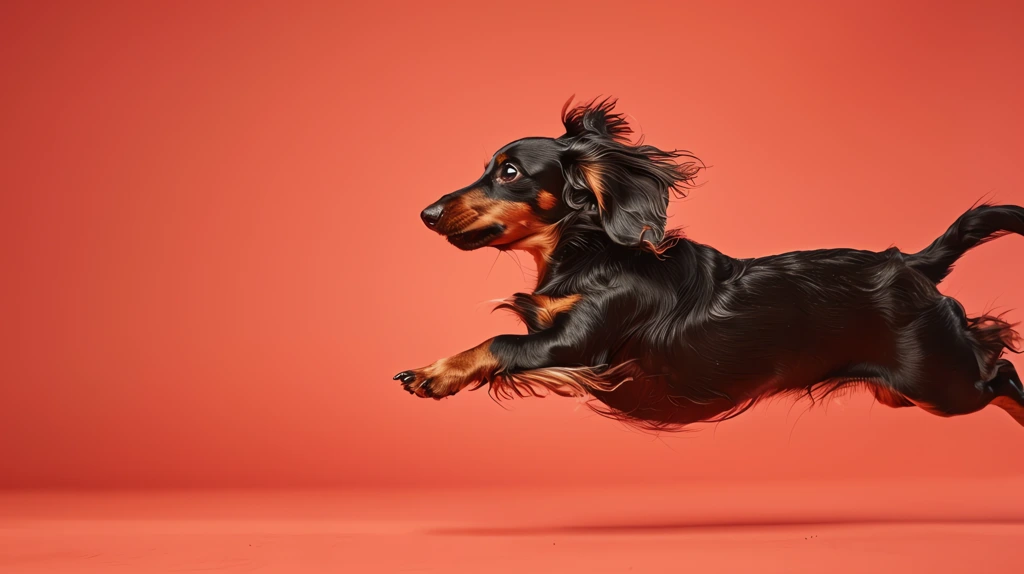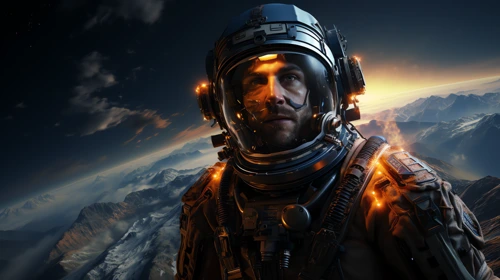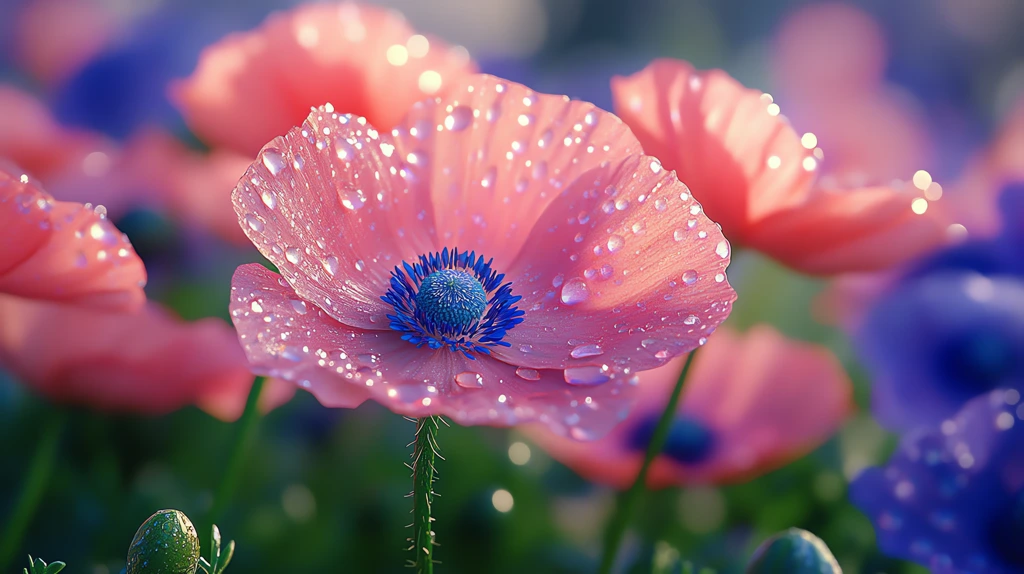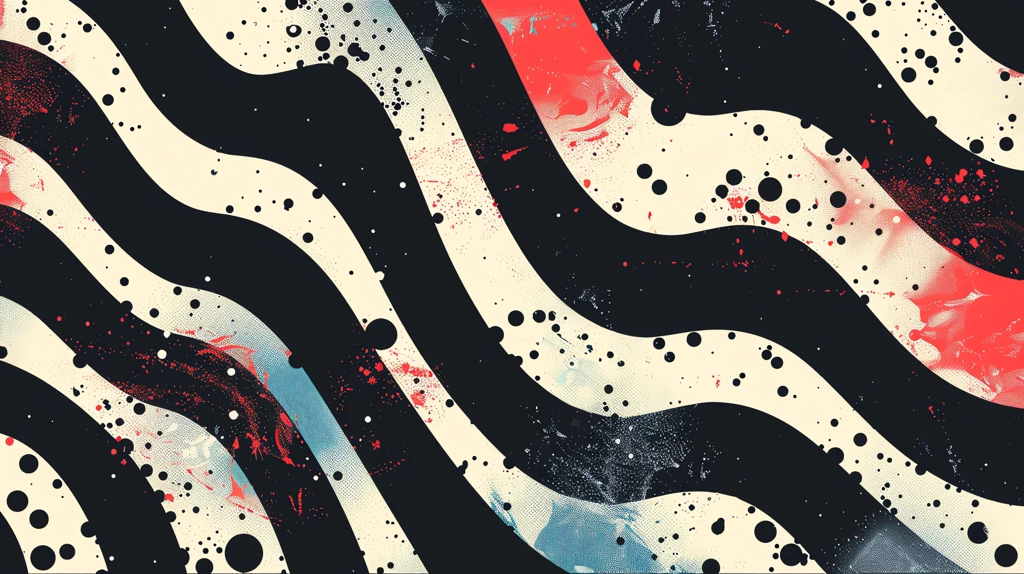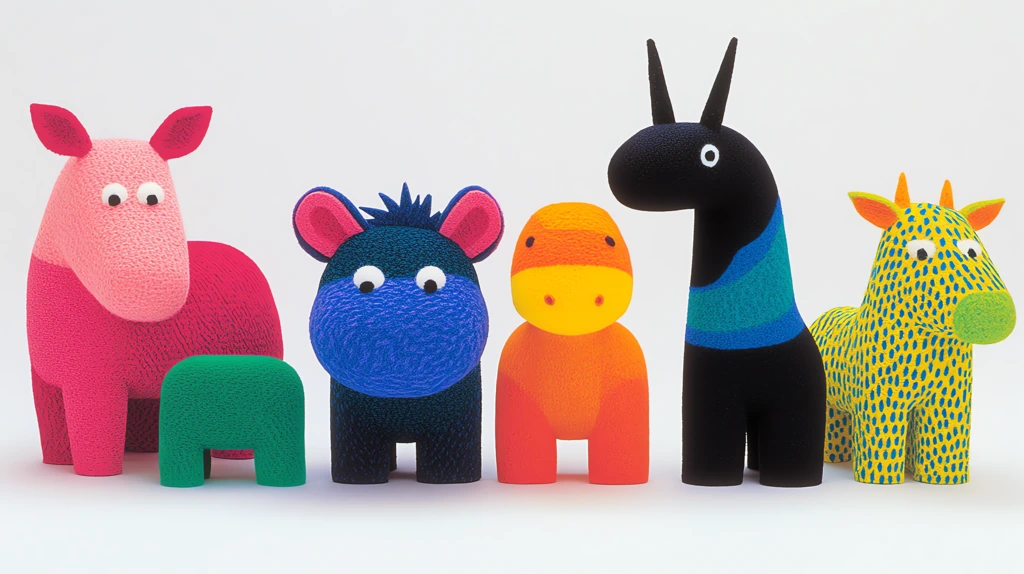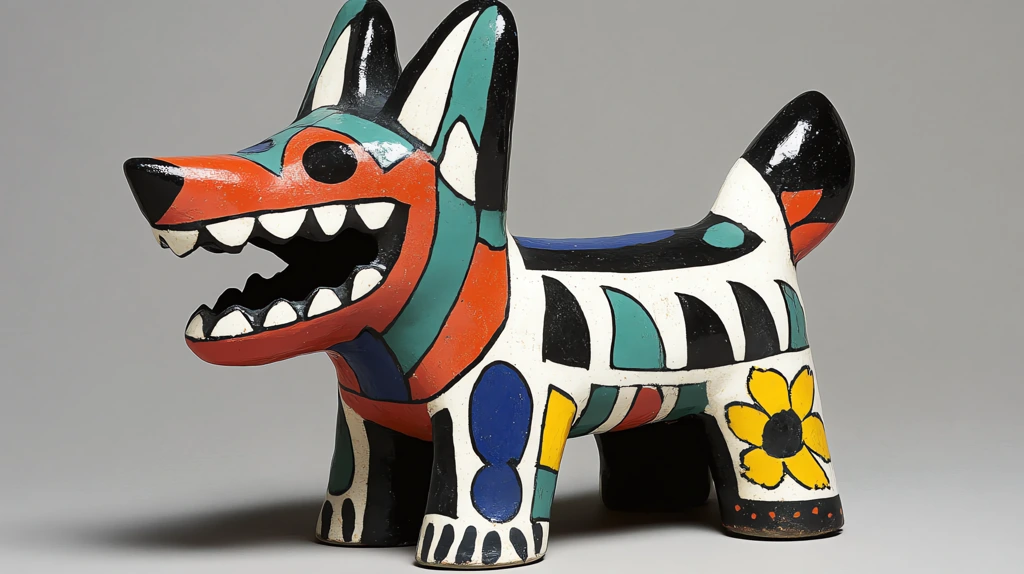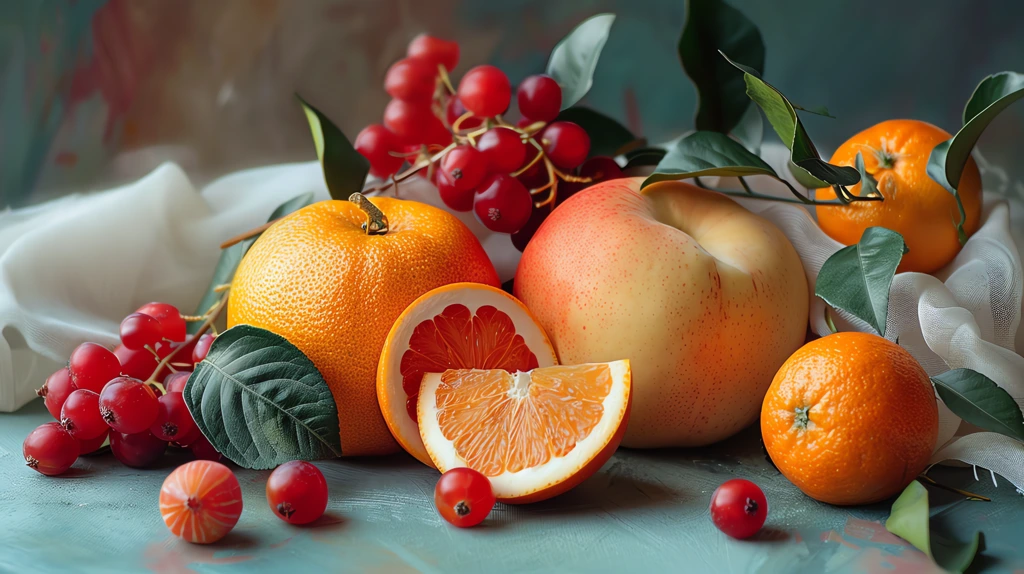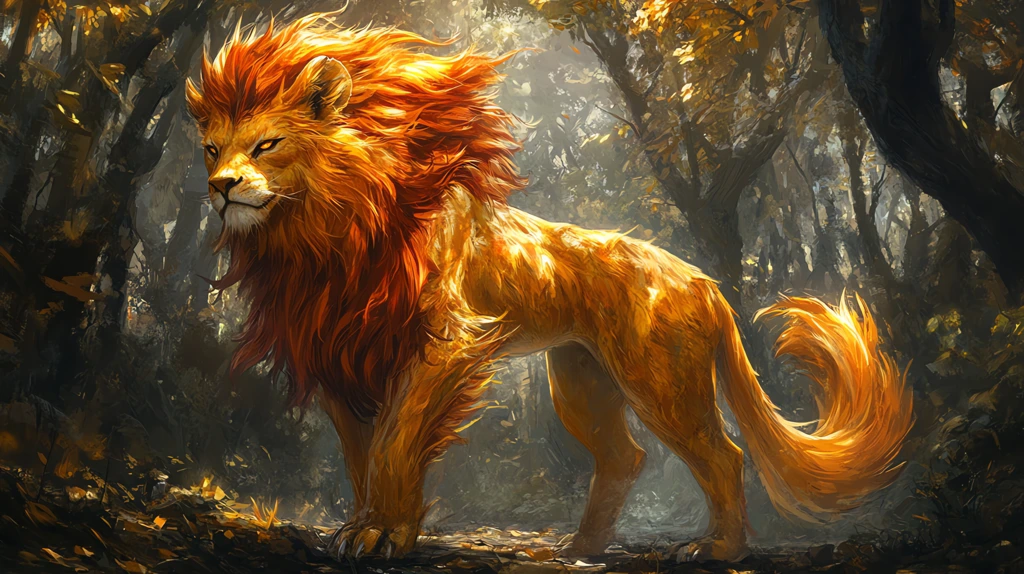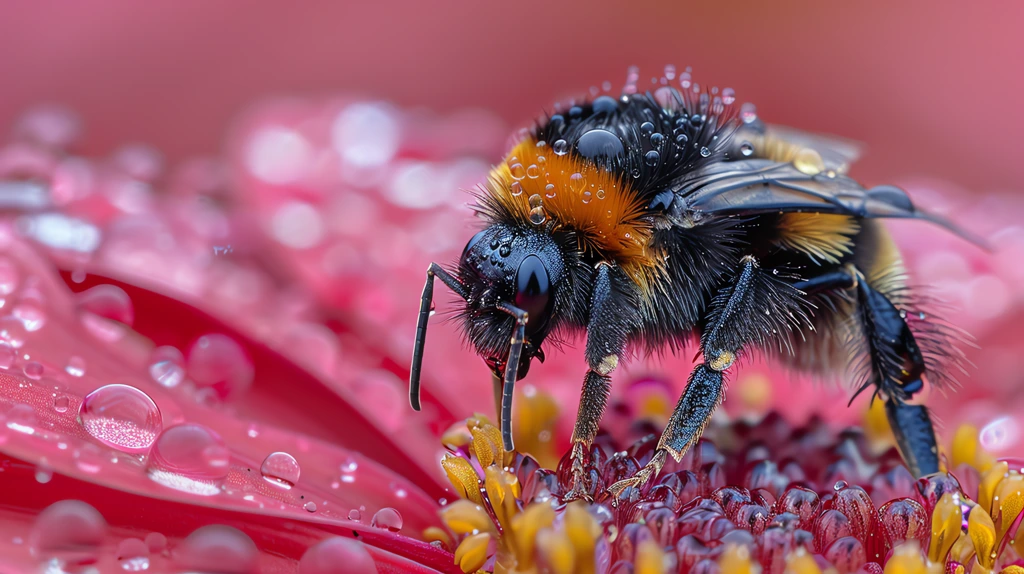4K Desktop Wallpaper
Resolution: 3840 x 2160 pixels
Aspect Ratio: 16:9
File Format: JPG
In today’s digital age, robots have transcended the boundaries of imagination and technology, sparking a blend of creativity and innovation. Whether for educational purposes or aesthetic admiration, the artistic representation of robots plays a significant role in how we perceive and engage with these mechanical marvels. One of the most captivating ways to showcase robots is through practical illustrations that provide a three-view drawing, offering a comprehensive look at their design and functionality.
When it comes to robot illustrations, the three-view drawing technique is particularly effective. This method showcases the object from three essential perspectives: the front, side, and top views. By presenting these angles, artists and designers can effectively communicate the robot’s dimensions, proportions, and intricate details. This approach not only enhances understanding but also inspires further creativity, highlighting the robots’ capabilities and designs.
Incorporating robot sensors into the illustration can transform a static image into a dynamic representation of technology at work. Sensors are vital components in modern robotics, allowing machines to perceive their environments and react accordingly. By emphasizing these features in the drawing, viewers can appreciate not just the aesthetics of the robot but also the science that enables its functions. This attention to detail provides an educational aspect that can engage both budding engineers and tech enthusiasts, illuminating the complex interactions between hardware and software.
One of the most appealing ways to enjoy these illustrations is by using them as desktop wallpaper. Imagine a stunning 4K wallpaper that embodies a practical robot illustration, featuring its three-view drawing alongside a display of sophisticated sensors. High-resolution images enhance the visual experience, making every detail stand out on your screen. This not only personalizes your workspace but also acts as a constant reminder of the potential technology holds.
Moreover, a 4K desktop wallpaper can serve as inspiration for creative minds. Artists and designers can draw from these illustrations to conceptualize their own robotic designs, while engineers can be prompted to explore new ideas in sensor technology. Whether displayed in a professional office, a creative studio, or even a home workspace, these captivating visuals can spark discussions about innovation and the future of robotics.
As the world continues to evolve with technology, the representation of robots through practical illustrations and three-view drawings will remain vital. They not only help us visualize machinery’s potential but also encourage learning and collaborative creativity. The blend of imagination and engineering in these designs perfectly encapsulates the essence of what robots can achieve, driving fascination and curiosity.
In conclusion, practical robot illustrations featuring three-view drawings and integrated sensors offer an engaging look at modern robotics. Whether as educational tools or as visually striking desktop wallpapers, these artworks are essential in bridging the gap between technology and artistry. As you explore and incorporate these visuals into your daily digital landscape, remember that they reflect an exciting journey into the future of robotics. Embrace the innovation, share the inspiration, and let creativity flourish in every pixel of technology.
